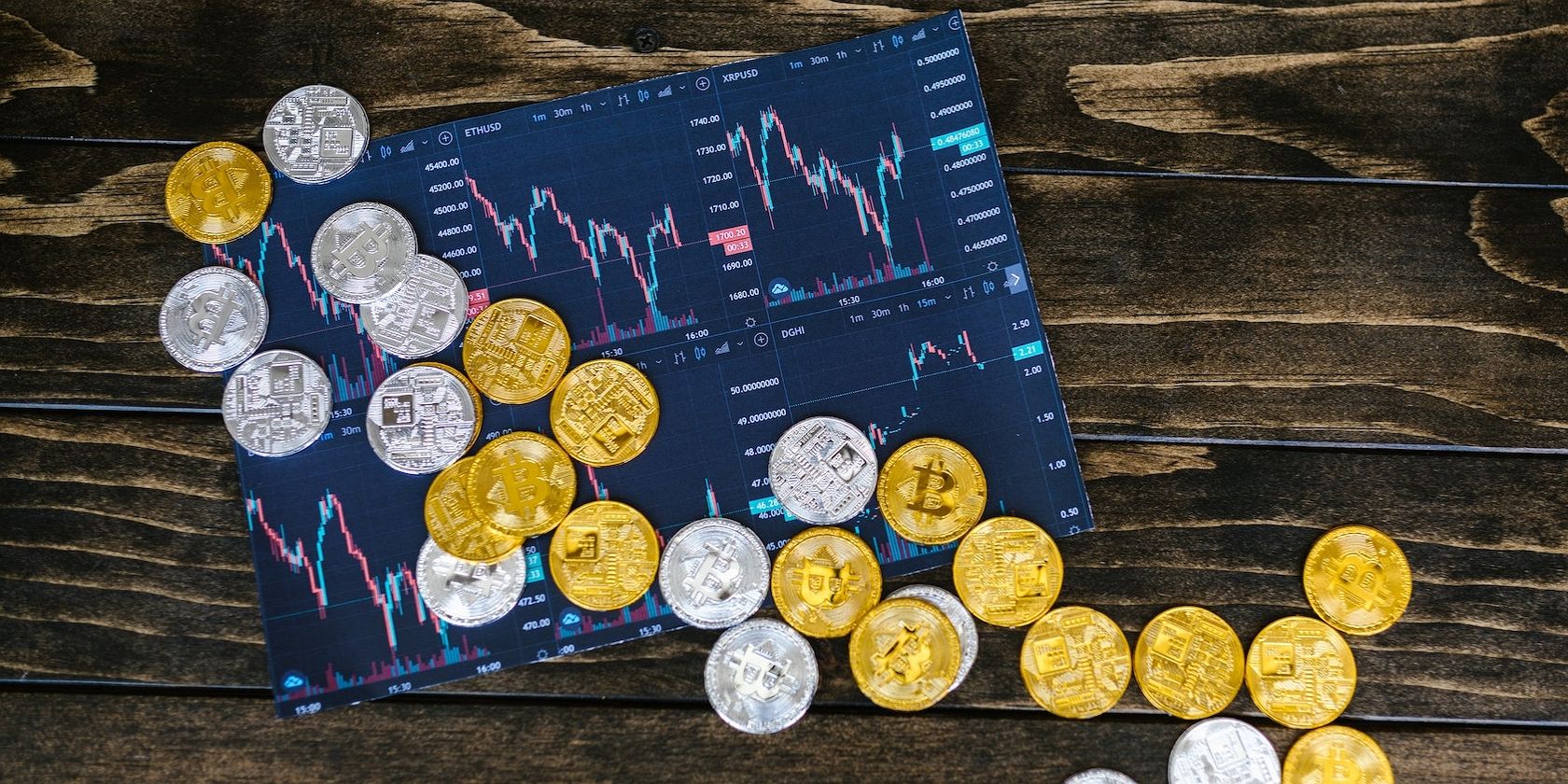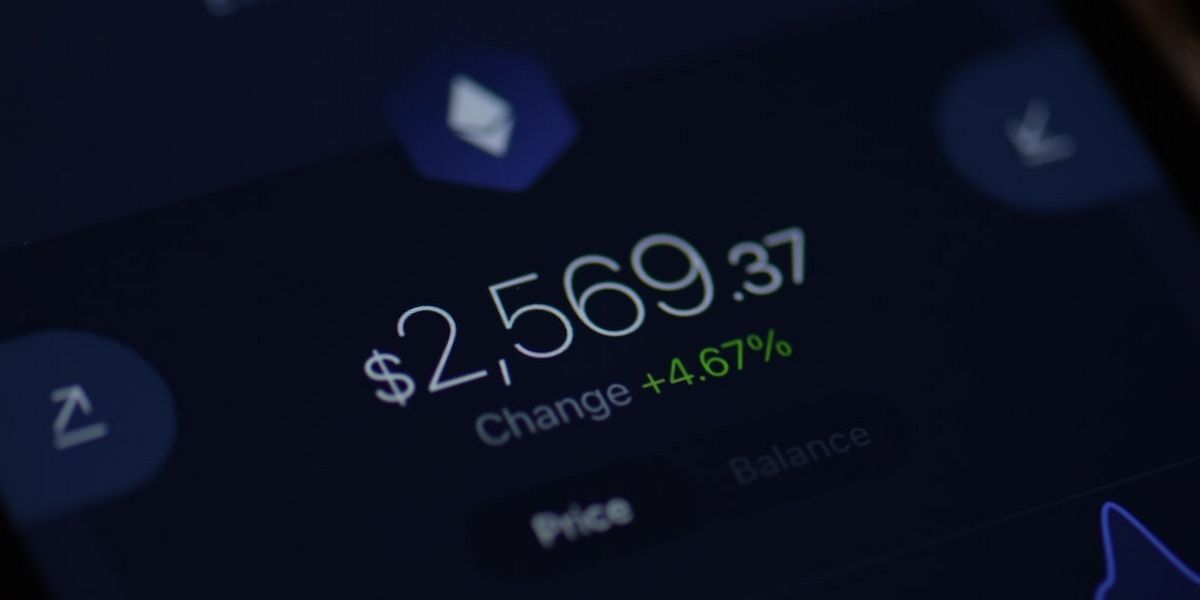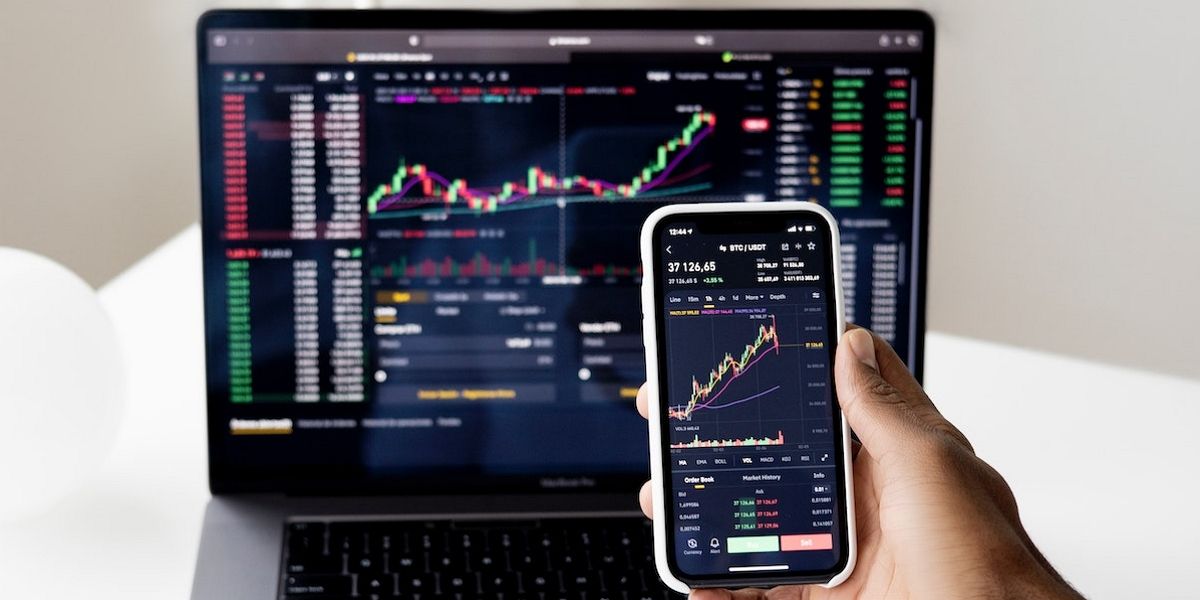When trading crypto, you must have noticed that when you place trade orders, they do not always execute at the exact price you desire. Sometimes, the order may execute at a higher price, and another time, it may be lower. This occurrence is called price slippage.
But why does slippage occur, and how can you avoid it?
What Is Slippage?
Traders usually trade with specific prices in mind. You won’t just open a chart setup and trade without any reason or goal. Whether you are buying or selling a cryptocurrency, you want to do it at a defined price, which sometimes isn’t possible because of slippage.
When slippage occurs, you will have to settle for a price other than the preferred price you ordered. The situation is usually caused by a price shift between when you place the order and when it is executed.
Slippages can be positive or negative based on their effect on your trades. Positive slippage gives you an advantage in the market because your order gets executed at a better price than the one you placed. For example, if you execute a buy order, and it executes at a lower price than what you ordered, it puts you in a better condition, giving you a better buying rate and the opportunity to make more money.
Negative slippage is the exact opposite of positive slippage. The price change puts your order at a worse price than you initially ordered. An example is when you try to sell an asset, say 1 LTC, at $50, but the order gets executed at $48. In this case, your trade was executed at a lower price.
What Causes Crypto Trading Slippage?
Price volatility and low liquidity are the two major causes of slippages in the crypto market.
Price Volatility
The crypto market is characterized by fast-changing prices of the asset. The volatile nature of the market makes orders susceptible to slippages. In addition, factors like demand and supply, investor sentiment, user hype, and government regulations affect the price of cryptocurrencies. The market is easily affected by these factors because it is relatively new.
Low Market Liquidity
Some cryptocurrencies are not popular; thus, they have low liquidity, making them very prone to slippages. If a token has low liquidity, there are few buyers and sellers. So if you place an order, especially a large order, there are chances that there will be a change of price as the system fulfills the order, pushing the price from your execution.
The more liquid a market, the lower the chance of large price slippage. Let’s say you want to buy one unit of a crypto asset at $200. Once you place the trade, it executes at the best price in the order book. If the current best order only has 0.5 units of that asset, it means the order cannot be filled; the system then searches the next level to see if the order can be extended. As the price increases to get the order filled, the possible execution price also starts to increase. This means you will have to pay more to fill the order.
In this case, the best market price is a worse rate.
What Is Slippage Tolerance?
You can control your exposure to slippage by setting a slippage tolerance percentage. Setting your slippage tolerance at a defined percentage means that you are comfortable with the price changing at that percentage, either upward or downward.
For example, if you set your slippage tolerance to 3% and want to buy $100 worth of a crypto asset, it means you are comfortable with the trade starting at either $103 as the maximum or $97 as the minimum price. The exchange will not execute the trade if the price slips to $104 or $96.
A very low slippage tolerance makes a transaction fail if the price moves beyond the set percentage, as in the example above.
A high slippage tolerance level will allow your transactions to be completed despite the price swings. High slippage tolerance is usually better used when trading in a volatile market or crypto projects with lower liquidity and a lot of trade volume, just like a crypto launch project.
High slippage tolerance percentages, however, can expose you to front-running. Front-running is an illegal process of capitalizing on information to buy and sell securities in advance. The attacker sees a pending transaction and then places a much larger transaction before and after the pending transaction. This practice forces you to accept the highest possible slippage price based on your setting, and the front-runner benefits from the difference in value.
How to Avoid Slippages
Slippages can cost you a lot of money, especially if you are a short-term trader who executes many trades. However, there are ways to eliminate or at least reduce the effect of slippages from your trades, and we will consider them below.
One way to avoid slippages is to execute trades with limit orders. Slippages can only occur when you use market orders. Market orders are a type of trade order that automatically executes at the best market price. Using limit orders guarantees that your order executes at the exact price you desire and not at another price, as in the case of market orders.
A major limitation to setting limit orders is that they are not guaranteed to execute; as such, you may miss the opportunity to enter a trade you desire.
Another way to reduce the effect of slippages on your trades is to trade in less volatile markets. This may sound impossible since the crypto market is generally volatile and experiences price changes quickly. However, to avoid wide slippages, you should be wary of trading during periods when some major events or announcements can affect the market. Such periods are characterized by extreme price volatility.
Investing in highly liquid assets can also reduce the effect of slippages in your trades since it won’t be hard to find matching orders.
Slippages Are Part of Crypto Trading
In the traditional market, timing major events and announcements are easier because they often follow a structured and planned calendar. However, to a large extent, the crypto market is not yet as structured and stable, as an influencer’s social media activity can change a token’s price in no time. As a result, it is hard to time some of the events that can make the market more volatile.
There are many cryptocurrencies with low liquidity, and it is difficult to escape slippage when trading them. Furthermore, it may be impossible to trade with limit orders every time, especially if you are a short-term or everyday trader.
As much as market orders are prone to slippages, the slippages may not matter so much if the price differences are minimal. If your strategy requires instant trade execution, you could start to view the price differences as a fluctuating cost of carrying out transactions, which should be kept as low as possible.



